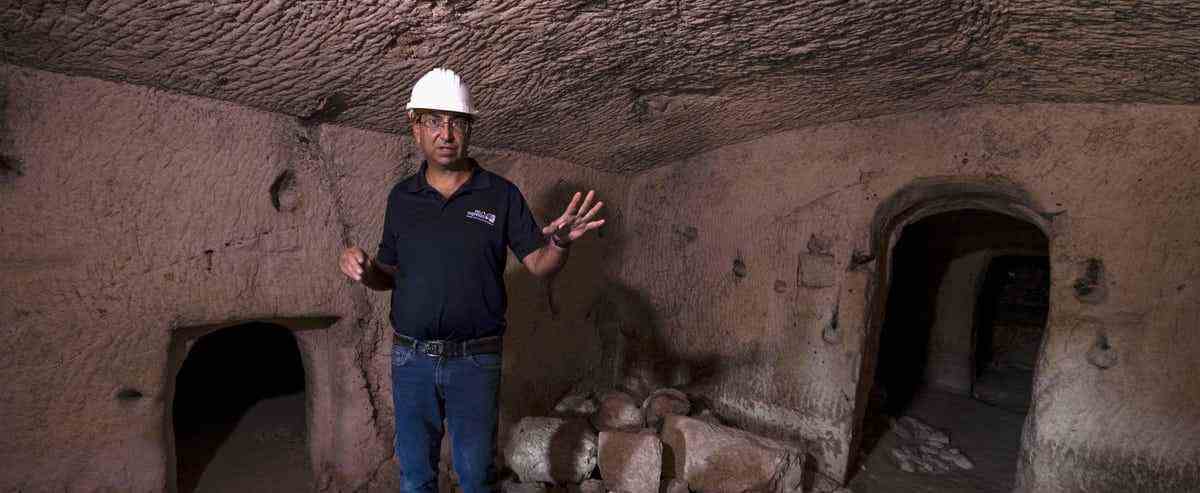Israeli authorities on Tuesday unveiled “one of the most impressive burial caves” ever discovered in the country, dating back some 2,000 years and designated as “the Tomb of Salome”, one of the midwives present at the birth of Jesus, according to certain currents of Christianity.
The site was discovered 40 years ago by antiquities looters in the Lachish Forest, located between Jerusalem and the Gaza Strip, which led to archaeological excavations that revealed a huge forecourt attesting, according to archaeologists, of the importance of this funerary cave.
The site, where boxes containing bones were found, includes several rooms as well as niches carved into the stone. It is one of the most “impressive” and “elaborate” caves discovered in Israel, according to the Antiquities Authority (AIA).
It was first used for Jewish funeral rites and belonged to “a wealthy Jewish family who put a lot of effort into the preparation of the cave”, according to this source.
This then became a Christian chapel dedicated to Salomé, as evidenced by the presence of crosses and about ten inscriptions engraved on the walls referring to it.
“Salome is a mysterious figure,” the AIA pointed out. “According to Christian (Orthodox) tradition, the midwife in Bethlehem could not believe she was being asked to deliver a virgin’s baby, her hand went dry and was only cared for when she held the baby’s cradle.
Worship of Salome and use of the site continued until the 9th century, after the Muslim conquest, the AIA said. “Some of the inscriptions were inscribed in Arabic, while Christian believers continued to pray at the site.”
The excavation of the forecourt, which covers 350 m2, unearthed stalls of shops which, according to archaeologists, offered clay lamps.
“We found hundreds of complete and broken lamps dating from the 8th-9th centuries,” said Nir Shimshon-Paran and Zvi Firer, directors of excavations in southern Israel for the AIA.
“The lamps may have served to light the cave, or were used in connection with religious ceremonies, in the same way that candles are distributed today on tombs and in churches,” they said.


